SUMMARY
This is AI generated summarization, which may have errors. For context, always refer to the full article.
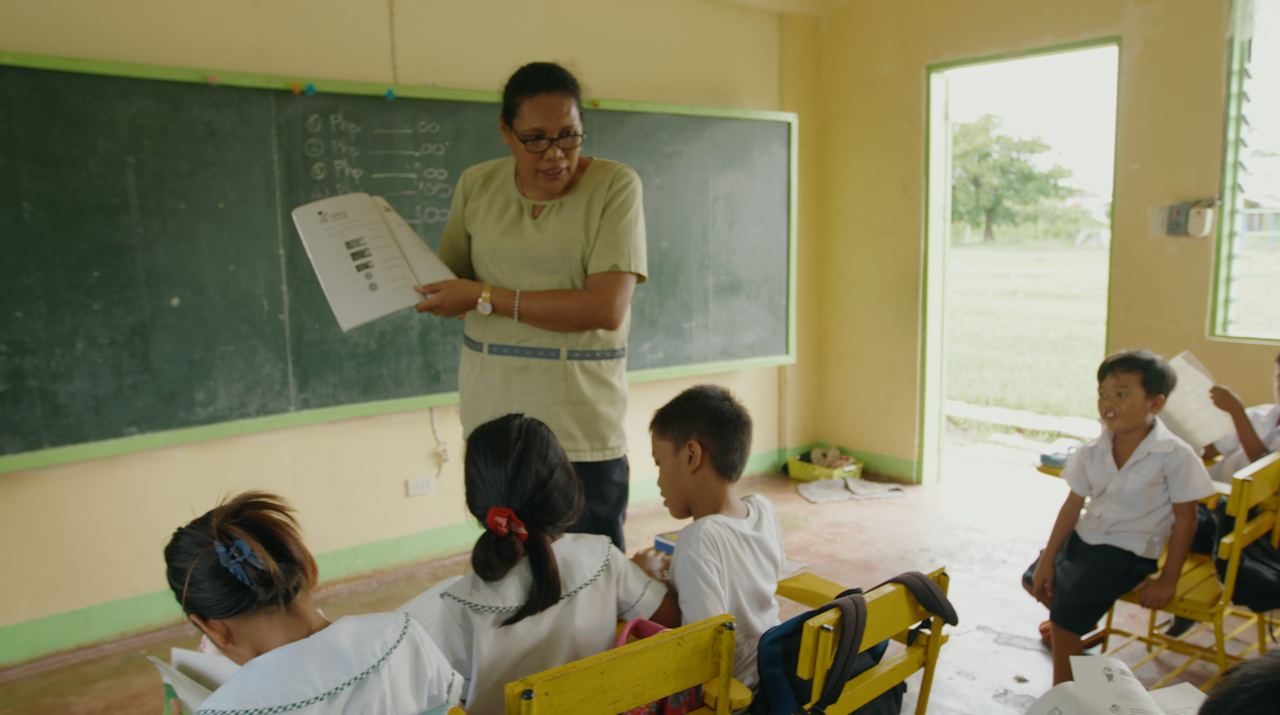
This story is part of Rappler’s series on the 10th anniversary of Super Typhoon Yolanda (Haiyan).
Yolanda was one of the most powerful typhoons in history to hit land on November 8, 2013. The super typhoon claimed thousands of lives and displaced millions from their homes. Ten years later, Rappler visits some of the affected communities to see what life has been like since the disaster.
EASTERN SAMAR, Philippines – On Monday, November 6, 49-year-old Cristina Baduria arrived at Guiuan Church driving a tricycle in the stifling heat of midday. She was wearing a teacher’s uniform in olive green, navy slacks, and rubber shoes.
Baduria teaches math to Grade 3 students at the Guiuan East Central School. They are post-Yolanda children, born a year after the storm; any memory they have of Super Typhoon Yolanda (Haiyan) would have been passed down to them by their parents.
Baduria has been teaching for 25 years now. It has been a fulfilling vocation for her because it placed her in a position to instill values in the kids of Guiuan.
She’s experienced all sorts of things in her two decades of teaching, like turning tents into classrooms in the wake of Yolanda or comforting children who lived through the disaster and were traumatized by it.
“After Yolanda, you can see the trauma,” Baduria told Rappler in Filipino. “We held classes in tents. Whenever the wind blew, you would see the children shiver. They were traumatized, yes. But before, that was not the case.”
The teachers would try to comfort those who cried, she said. But eventually, the children would go home.

Inside the classroom at Guiuan East Central School, Baduria was teaching children how to count money. The shelves at the back of the room contained reading materials, word charts, and flash cards. There was only one fan to appease an agitated bunch of 26 pupils seated on yellow armchairs.
The jalousie windows looked out into a small expanse of lawn and the other classrooms. Almost everything you see here, Baduria motioned outside, needed rebuilding after the storm.
In values integration, she would ask students if they knew what happened during Yolanda or how they survived.
The main lesson is that as a people used to passing storms, they can endure anything.
“Kahit sa malaking sakuna, talagang tayo ay nakakalampas din,“ the teacher said. (We can get through even the worse of disasters.)
Her dream for the children of Guiuan? “Siyempre, na magpatuloy sa pag-abot ng kanilang mga pangarap.” (Of course, that they continue reaching for their dreams.)

That Friday morning, everything was clear
Both the church and the school were flattened by Yolanda when it made landfall in the isolated fishing town 10 years ago, on November 8, 2013.
The schools served as evacuation centers, but the strong winds were unforgiving. The roofs were torn off, the walls broken. It was the same fate for the century-old church, the houses, and other establishments.
It was a good thing the church was not used as an evacuation center at the time, said Baduria, or else more people would have been killed.
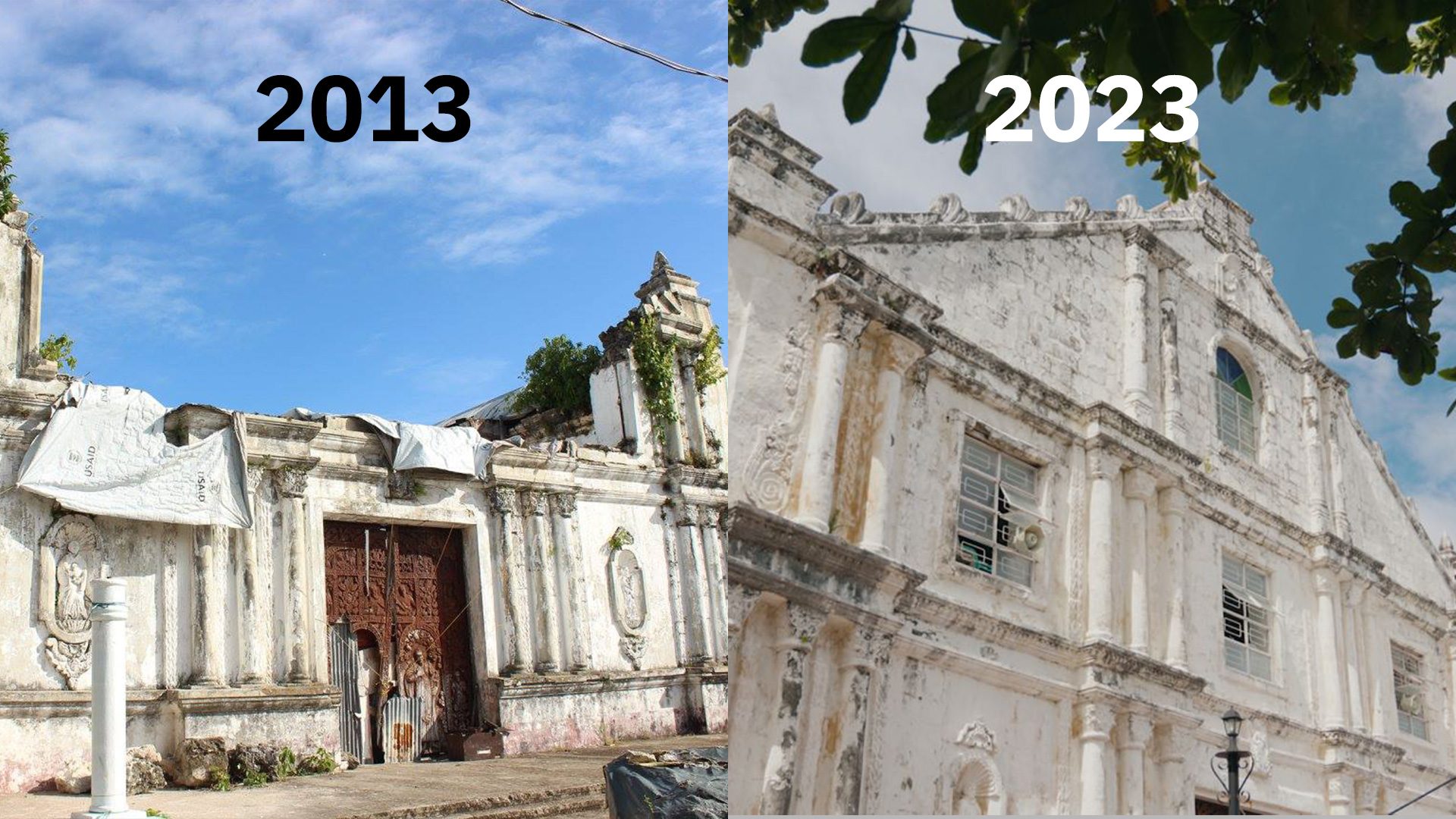
When the winds stopped and the day cleared, Baduria saw a long stretch of wasteland. Everything around her had fallen. There was nothing to obstruct her view.
The collective ruin worried her. But strangely enough, it also offered comfort.
“Akala namin sa umpisa, ang aming bahay lang ang nasira. Noong naglabasan na kami, e lahat sira! Sabi ko, ‘Okay lang, lahat naman tayo sira,'” she laughed.
(At first, we thought it was just our house that was damaged. But when we went outside, everything was damaged! I said: “This is okay. Everyone’s homes were also ruined.”)
When it rains, it pours
In disasters and sunny days, she believed God was with them. She believed this, even in the aftermath of Yolanda, when she would sleep while sitting, with only a tarpaulin protecting her from harsh weather.
Ten years later, they have recovered. Baduria attributed this to the help they got from international organizations, neighboring municipalities, and the national government.
“Now, I can see we have recovered,” said Baduria in Filipino. “It was made easier because of the help. There were many who helped. That’s what we won’t forget.”
After teaching that Monday – two days before the 10th anniversary of Yolanda – Baduria went back to the church to pray. She knelt on the cushioned board of the pew.
At dusk, it began to rain softly. The smell of the earth rose – faintly and not too obtrusive to the nose. A Holy Mass was about to start in eight minutes. Outside, the public wet market was bustling. Those done with work and school were milling about the town plaza. The church bell tolled.
People would come and go to church, like Baduria. They would whisper their little prayers. Another day in Guiuan has passed. – Rappler.com
ALSO ON RAPPLER
- After Yolanda: A causeway threatens efforts by locals to restore a mangrove forest
- PANOORIN: Mga Kuwentong Yolanda
- Rappler Talk: Alfred Romualdez on learnings from Yolanda, 10 years later
- Call her Landa
- 10 years on, Yolanda survivors grapple with memory, delayed recovery
- Rappler Talk: Guiuan’s decade of recovery after Yolanda
- Rappler Recap: ‘Work is not done,’ Marcos says of Yolanda recovery
- Rappler Recap: Tacloban residents light candles for 10th year of Yolanda
- On Yolanda’s 10th year, groups urge gov’t to ‘hold big polluters accountable’
- Marcos resurrects issue of ‘uncounted, unrecorded’ victims of Yolanda
- A decade later: 15% of Yolanda houses unfinished, thousands unoccupied
- [Under 3 Minutes] Kumusta na ang Yolanda housing projects?
- Part 2: Water, electricity issues bog Yolanda relocation plans
Add a comment
How does this make you feel?


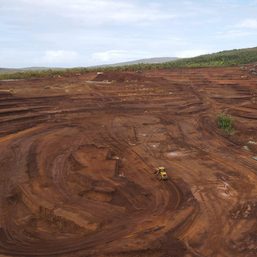
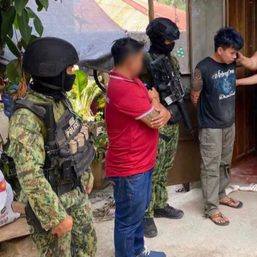




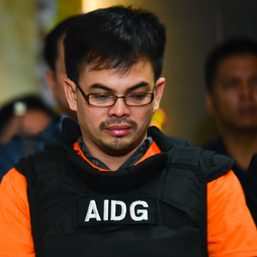

![[OPINYON] Tungkol sa naging viral na social media conjecture](https://www.rappler.com/tachyon/2024/07/thought-leaders-conjecture-07262024.jpg?resize=257%2C257&crop_strategy=attention)

![[EDITORIAL] Apat na taon na lang Ginoong Marcos, ‘di na puwede ang papetiks-petiks](https://www.rappler.com/tachyon/2024/07/animated-bongbong-marcos-2024-sona-day-carousel.jpg?resize=257%2C257&crop=280px%2C0px%2C720px%2C720px)

There are no comments yet. Add your comment to start the conversation.